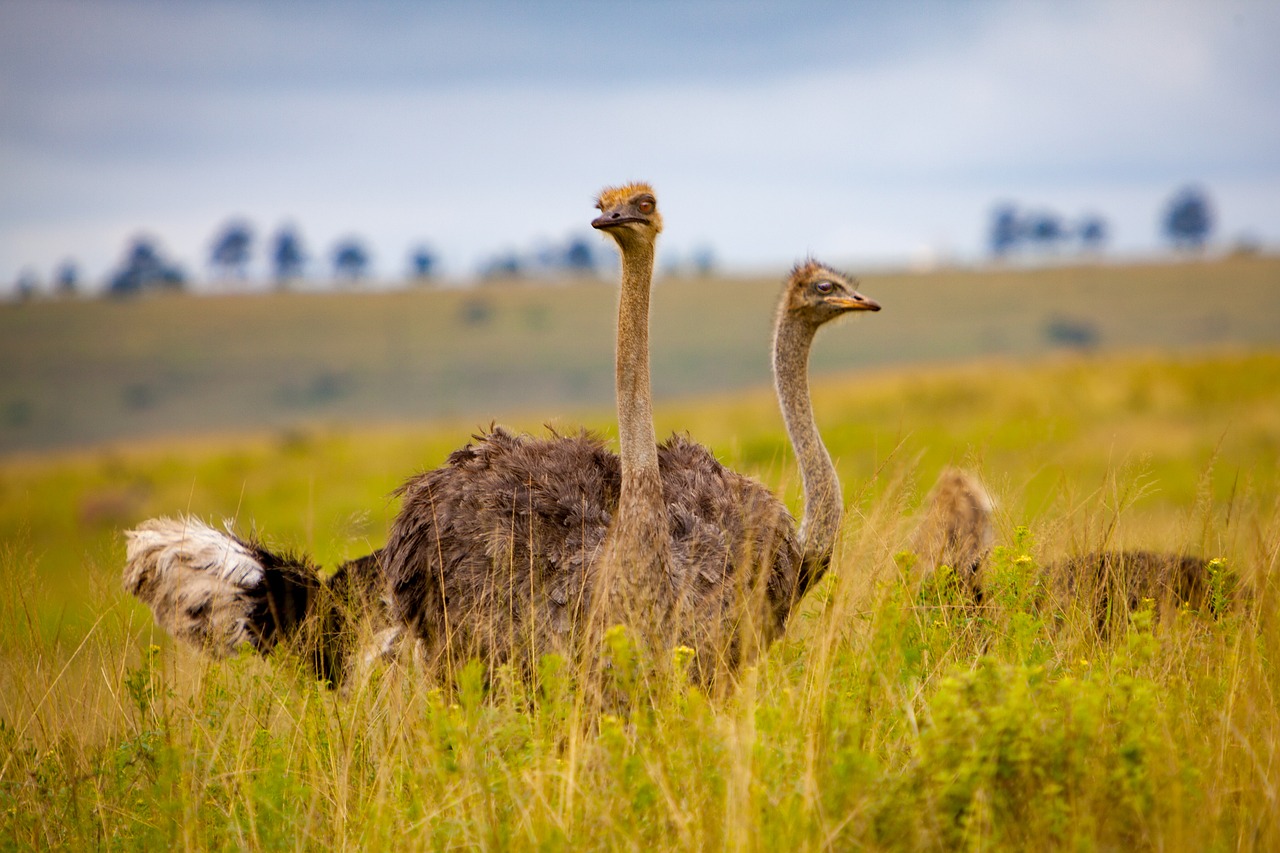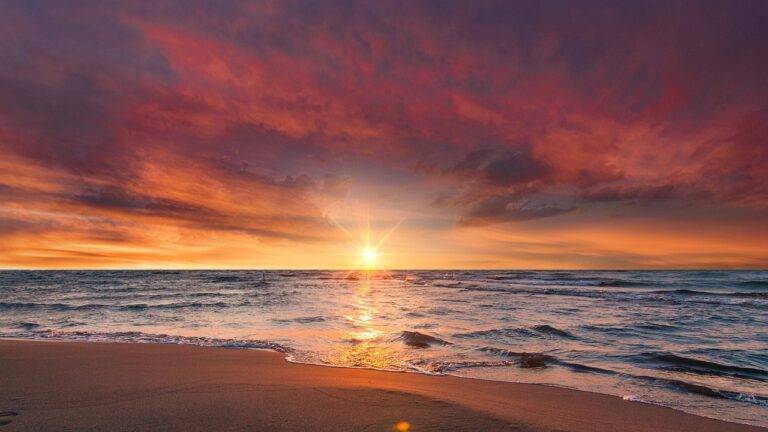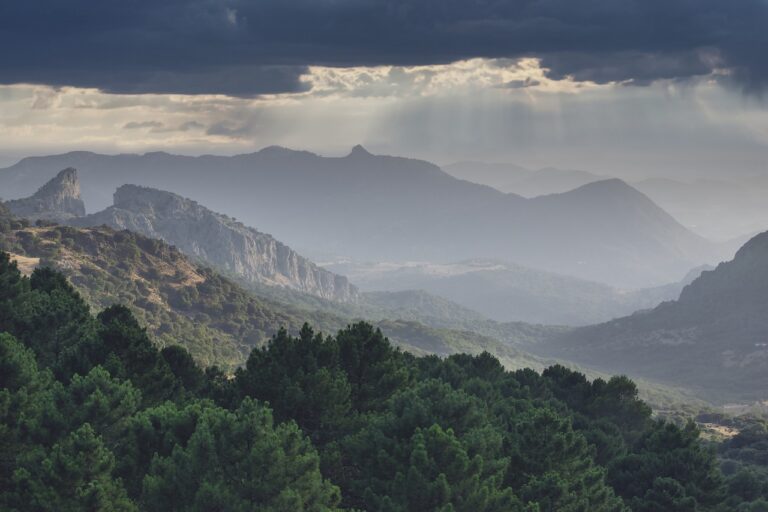The Fascination of Geothermal Wonders: Exploring Hot Springs and Geysers
Geothermal activity is a natural phenomenon that occurs beneath the Earth’s surface due to the heat generated by the decay of radioactive elements. This heat causes water to seep into cracks and crevices in the Earth’s crust, where it is heated to high temperatures, forming the basis of geothermal features such as hot springs and geysers. The movement of tectonic plates also plays a significant role in creating geothermal activity, as the shifting of these plates can cause magma to rise closer to the surface, further heating underground water sources.
The steam and hot water that result from geothermal activity can be harnessed for various purposes, including generating electricity and providing heating for buildings. Geothermal power plants utilize this heat to turn turbines and produce clean and sustainable energy. Additionally, the mineral-rich waters from hot springs have been used for centuries for their therapeutic properties, with many people seeking out these natural hot springs for relaxation and rejuvenation.
Exploring Different Types of Hot Springs
Hot springs come in a variety of types, each with its unique characteristics. One common type is the non-volcanic hot spring, which is heated by geothermal activity deep within the Earth’s crust. These springs can be found in regions with tectonic activity but not necessarily near active volcanoes.
Another type is the volcanic hot spring, which is directly linked to volcanic activity. These springs can reach higher temperatures and often have mineral-rich waters due to the geological composition of the surrounding area. Volcanic hot springs are typically located near active volcanoes or in volcanic regions, offering a unique and sometimes intense bathing experience for visitors.
What causes hot springs to be hot?
Hot springs are heated by geothermal activity, where water is heated deep within the Earth’s crust by magma chambers and then reaches the surface through fissures in the ground.
Are all hot springs the same temperature?
No, the temperature of hot springs can vary widely depending on the location and the source of the geothermal heat. Some hot springs can be as hot as boiling water, while others may be cooler and more suitable for bathing.
What are the different types of hot springs?
There are several types of hot springs, including geysers (which erupt with steam and water), fumaroles (which release steam and gases), and hot pools (which are calm bodies of hot water).
Are hot springs safe to visit?
Hot springs can vary in temperature and mineral content, so it’s important to research and follow safety guidelines before visiting. Some hot springs may be too hot for bathing or have high levels of minerals that can be harmful if ingested.
Can hot springs have health benefits?
Some people believe that soaking in hot springs can have health benefits, such as relieving muscle tension, improving circulation, and promoting relaxation. However, it’s important to consult with a healthcare professional before using hot springs for therapeutic purposes.





